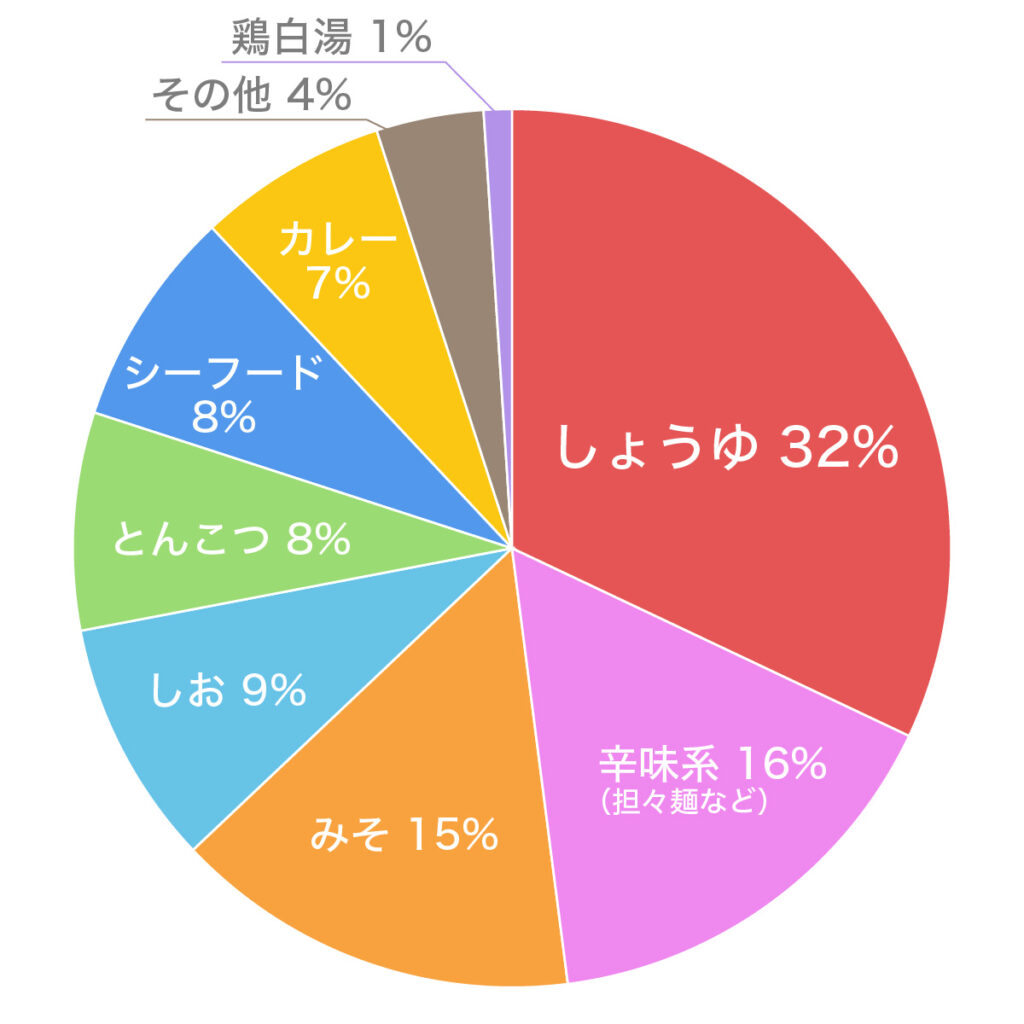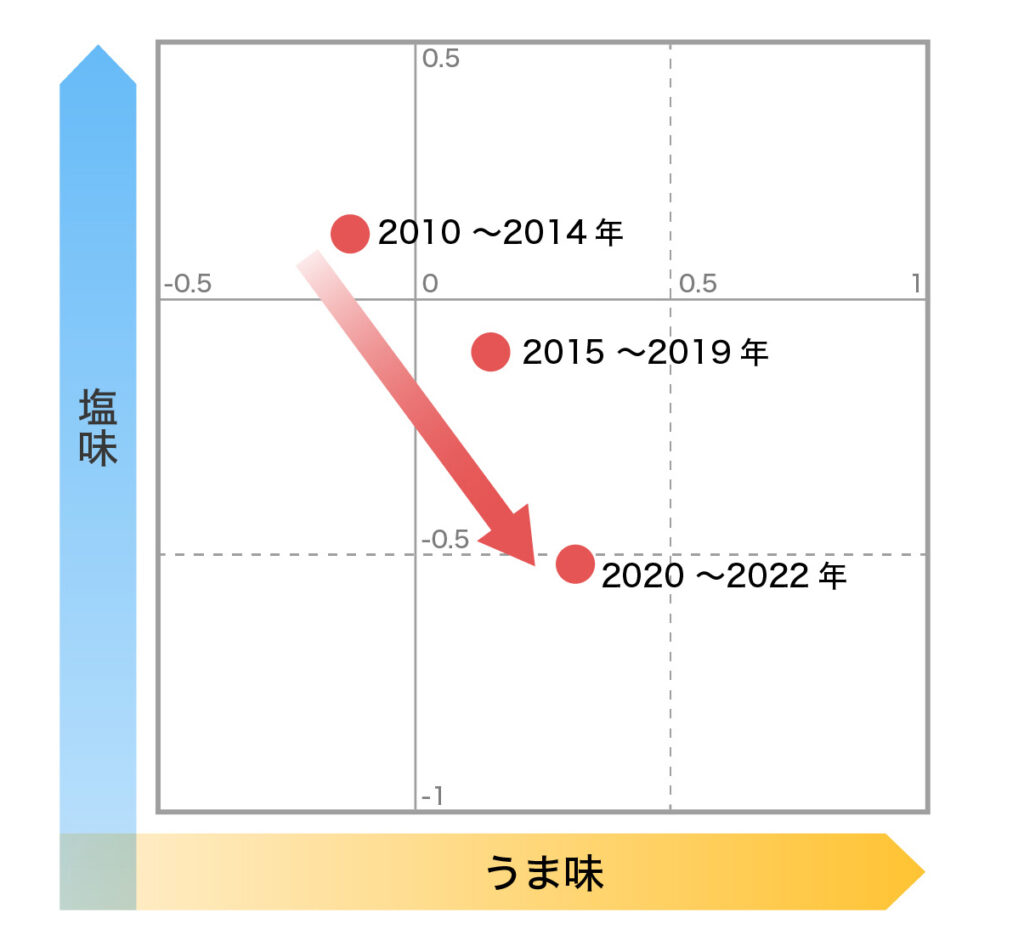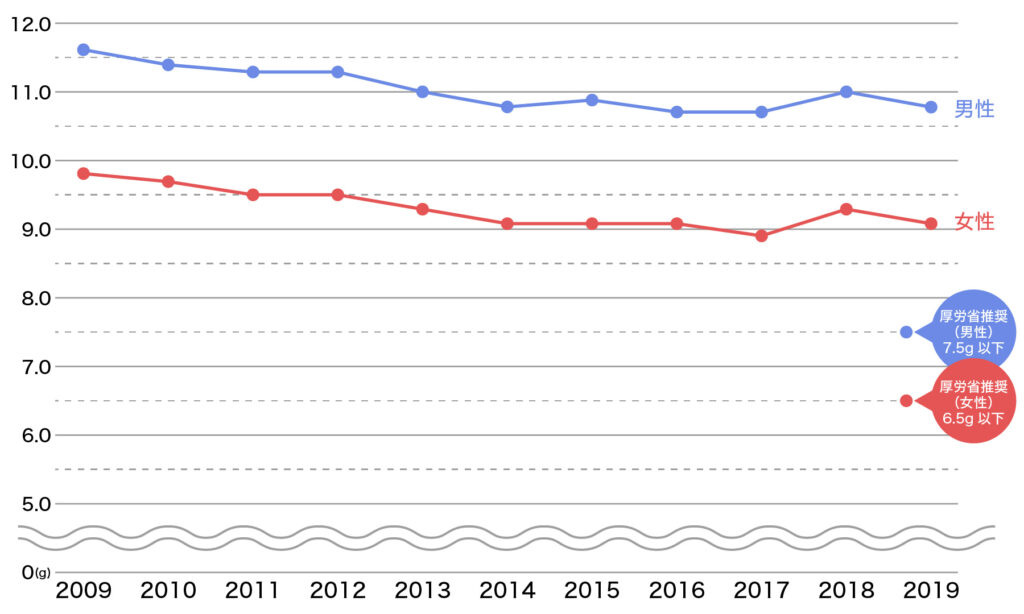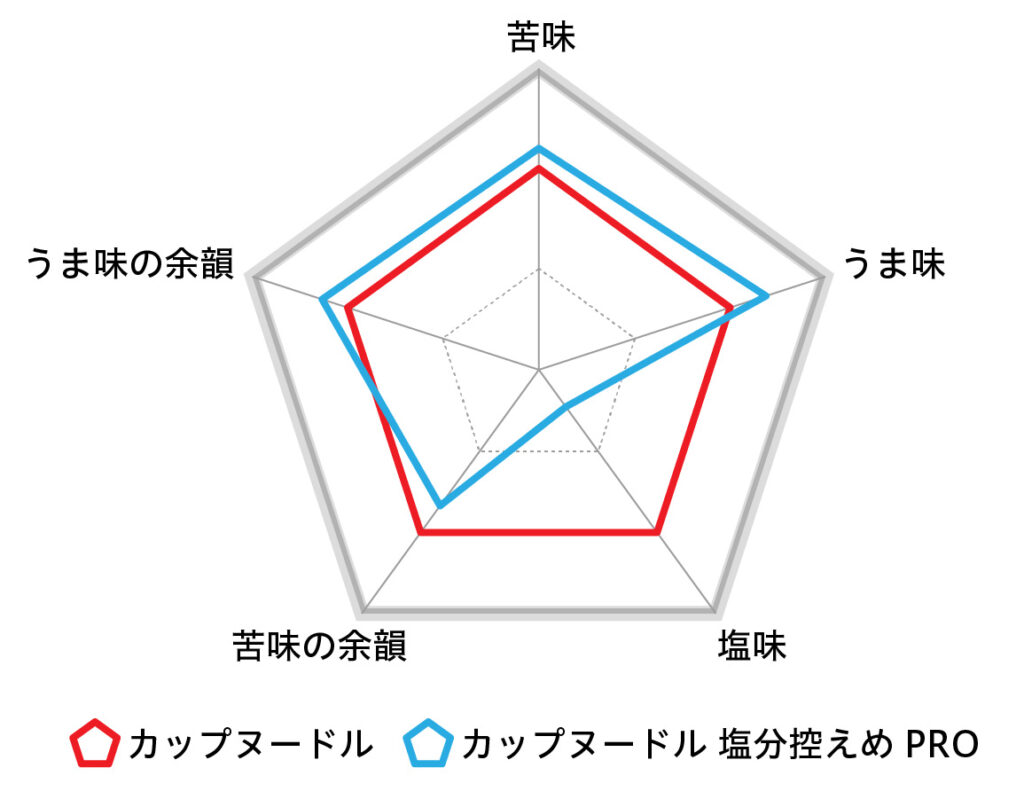The Role of “Umami” in Meeting the Demand for Reduced Salt and Healthier Options
Taste & Aroma Strategic Research Institute, a company that explores the science of taste (Headquarters: Chuo-ku, Tokyo; President and CEO: Michihiro Koyanagi), analyzed the changes in the taste of instant noodles over a period of 13 years from 2010 to 2022, utilizing a taste database accumulated since its establishment in 2004, which includes over 120,000 items.
Taste & Aroma Strategic Research Institute is a next-generation food tech think tank that utilizes flavor big data and AI analysis technology to quantify the “taste” of food, making it easy to understand.
Since the release of Nissin Food’s “Chicken Ramen” in 1958, the world’s first instant noodles that could be cooked with soup, the instant noodle market has continued to expand. From around February 2020, the demand for instant noodles has rapidly increased due to the increase in demand for home-cooked meals following the spread of the new coronavirus infection and the call to refrain from going out. The domestic demand for instant noodles in the 2022 fiscal year, as surveyed by the Japan Instant Food Industry Association, reached a record high for the first time in two years, with 5,991,410,000 servings, an increase of 1.8% compared to the previous fiscal year.
(Figure 1) Among the continuously expanding instant noodle market, classic flavors such as soy sauce, salt, miso, and tonkotsu (pork bone broth) are prominent. Among them, soy sauce flavor boasts the top popularity.

(Figure 1) The result of classifying the top 100 instant cup noodle products by PI value (Price Index) according to taste
(Data compiled from FOODATA: Rankings for the period from November 2022 to October 2023)
This time, we focused on instant noodles with soy sauce flavor and analyzed the changes in taste over the years.
Summary
〇Soy sauce-flavored instant noodles are light yet incorporate various umami flavors, resulting in a rich and flavorful taste.
〇Consumer awareness has shifted towards reduced salt and health-consciousness, leading to a corresponding trend in the taste of instant noodles towards reduced salt content.
Analyzing the “flavor transition” of instant noodles (soy sauce flavor)
(Figure 2) Balance of “umami” and “umami aftertaste” as well as the balance of “umami” and “saltiness” in soy sauce-flavored instant noodles, shown by age group (Analysis data from instant cup noodles collected from 2010 to 2022/Analysis sample size: 133). The zero point represents the average value for all products.


(Figure 2) Taste balance of instant noodles with soy sauce over time
The balance of “umami” and “umami aftertaste” (left side of Figure 2) indicates a stronger umami flavor as it transitions towards the upper right. In recent years, both umami and its aftertaste have shifted towards the upper right, highlighting a more pronounced umami taste. On the other hand, the balance between “umami” and “saltiness” (right side of Figure 2) has shifted towards the lower right, indicating a milder saltiness and a stronger umami flavor.
Based on these results, it can be inferred that the soy sauce flavor of instant noodles has evolved over time from a stronger, salty taste to a mild and gentle flavor, with an emphasis on enhancing umami and its aftertaste.
The factors behind this include the “enhancement of deliciousness by umami” and the “salt reduction effect of umami.” It is said that adding an appropriate amount of umami seasoning to miso soup makes it taste even better. This is because the addition of umami substances enhances the aroma perceived in the mouth, resulting in a stronger flavor profile.(2)
It is possible that this phenomenon is also utilized in instant noodles, where enhancing the umami flavor strengthens the overall aroma, making the taste of instant noodles more delicious.
Additionally, it has been confirmed that using umami can reduce salt content without compromising taste. In an experiment using standard miso soup, it was found that when the umami was enhanced, the amount of salt could be reduced by about 30% and still be perceived as delicious compared to when it was not enhanced.(3)
Consumer awareness survey on reducing salt intake and health
A survey was conducted to determine whether consumers are actually leaning towards reducing salt intake and prioritizing health. The Ministry of Health, Labour and Welfare recommends reducing salt intake as part of preventing lifestyle-related diseases. According to the “Dietary Reference Intakes for Japanese (2020 Edition),” the recommended maximum daily salt intake was lowered by 0.5g for both men and women compared to the 2015 revised standards, from 8.0g to less than 7.5g for men, and from 7.0g to less than 6.5g for women.(4)
According to the “National Health and Nutrition Survey” conducted in the first year of Reiwa era (2019), the actual salt intake was 10.9g for men and 9.3g for women. When looking at the period from 2009 to 2019, although the salt intake does not meet the recommended values, there is a decreasing trend. This survey was only conducted until 2019, but it is speculated that the trend of decreasing salt intake has continued beyond 2020 based on past trends.(Figure 3)

(Based on the “National Health and Nutrition Survey of the first year of Reiwa”)
Next, we surveyed consumer interest in reducing salt intake. In a survey conducted by the Flavor and Fragrance Strategy Research Institute in 2016 (survey period: September 16-23, 2016 / survey sample: 771 men and women nationwide), 78.1% of respondents answered that they were “concerned about salt intake,” indicating a high level of interest in salt reduction. However, there were also challenges, as negative perceptions about the taste of reduced-salt products, such as “the taste is bland, lacking in satisfaction” and “doesn’t seem tasty,” had not been completely dispelled.(Figure 4)


This indicates that consumers have a high awareness of salt reduction, as seen in the results of the 2016 survey, and the fact that the salt intake of the population has been decreasing as of 2019, according to a survey by the Ministry of Health, Labor and Welfare. Therefore, the current demand for reduced-salt products among consumers is increasing, which may also be affecting the instant noodle industry to some extent.
In fact, in 2023, products such as Nissin Food Group’s “Cup Noodle Salt Reduced PRO with a Day’s Worth of Calcium & Vitamin D” and Sanyo Foods Corporation’s “Sapporo Ichiban Reduced Salt Soy Sauce Flavor” have been released. This indicates that the instant noodle industry is targeting consumers who are conscious of reducing salt.
Comparing the flavors of traditional and reduced-salt products.
While it’s understood that the instant noodle industry is addressing reduced-salt products, the approach to countering negative perceptions about the taste of these products is unclear. To investigate this, a comparative analysis of the flavors of the two companies’ flagship products and reduced-salt products was conducted to examine the manufacturers’ strategies.
A comparison between the flavors of Cup Noodle and Sapporo Ichiban’s regular and reduced-salt products revealed that in the reduced-salt versions, the “salty taste” decreased while umami or its aftertaste increased. (Figure 5)


(Figure 5) Comparison of flavors between regular and reduced-salt products
This result is considered to align with the concepts of “enhancing deliciousness through umami” and “the salt reduction effect of umami” mentioned earlier.
In other words, by effectively utilizing various umami flavors from livestock, seafood, vegetables, etc., and by making efforts in fat composition (aroma elements), it is possible to maintain deliciousness even with reduced salt content. This may contribute to dispelling the negative image associated with reduced-salt products.
Summary
It was found that the soy sauce flavor of instant noodles has been shifting towards a more pronounced umami taste while maintaining a light and refreshing quality.
The shift in flavor can be attributed to the increased consumer interest in reducing salt intake due to government policies, as well as the growing demand for low-salt products. It is speculated that the soy sauce flavor has become lighter while maintaining a strong umami taste to reduce salt content without compromising on taste, highlighting the importance of umami in this regard.
Quote
1)Nihon Keizai Shimbun: Instant noodle industry market size, trends and company information
https://www.nikkei.com/compass/industry_s/0321
2)Umami compounds enhance the intensity of retronasal sensation of aromas from model chicken soups
T.Nishimura,S.Goto,K.Miura,Y.Takakura,A.S.Egusa&H.Wakabayashi:Food Chem.,196,577(2016)
3)Basic information on umami Umami Information Center, a specified non-profit organization
https://www.umamiinfo.jp/what/whatisumami/
4)Dietary intake standards for Japanese people (2020 edition)
https://www.mhlw.go.jp/content/10904750/000586553.pdf
5)2019 National Health and Nutrition Survey Report
https://www.mhlw.go.jp/content/001066903.pdf
6)What is the point of promoting “reduced salt”? ! Two points to capture potential users
https://en.mikaku.jp/news/2016/2522/
What is a taste sensor?
Kyushu University and Intelligent Sensor Technology Inc. have jointly developed the world’s first sensor for measuring taste. This sensor can quantify the basic tastes that are important components of “deliciousness” (umami, bitterness, saltiness, sourness, sweetness, astringency), allowing for an objective representation.
About Taste and Aroma Strategy Research Institute
Taste & Aroma Strategic Research Institute, a company that studies the science of food, utilizes visualization technology for the “deliciousness” of taste, aroma, texture, etc. This technology allows for the objectification of sensory values that were previously perceived through relative evaluation, enabling them to be used as evaluation criteria and scales. Since its establishment, the institute has continued to digitize food, and has built a taste database of over 120,000 food items. Based on this database, they provide food digital solution services that utilize data for various challenges related to food, such as food development, quality management, market research, and customization of taste for overseas markets.
Contact information
Email sales@mikaku.jp
